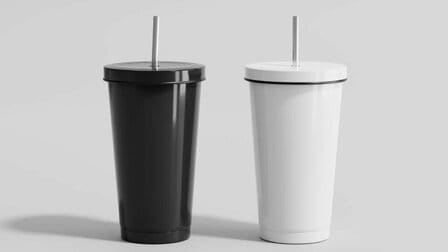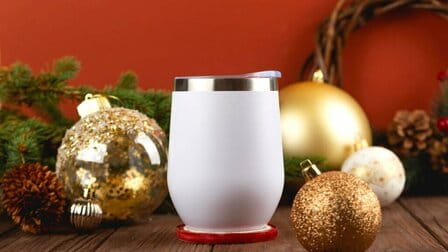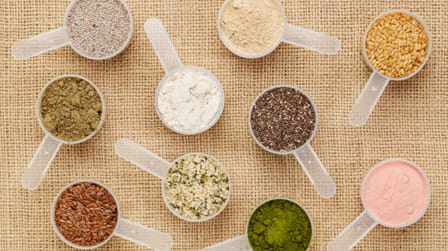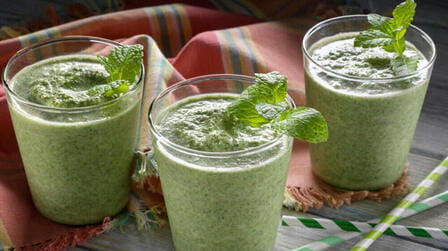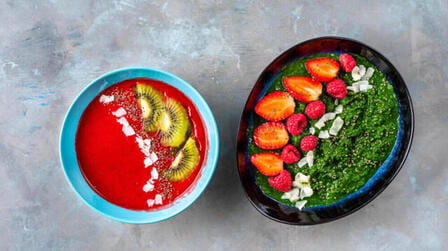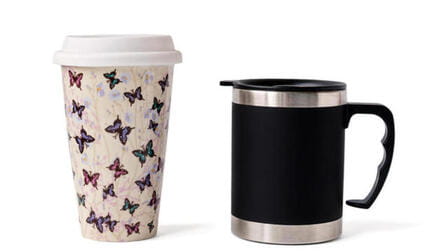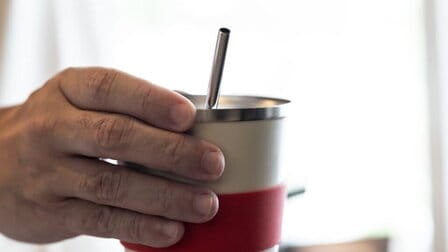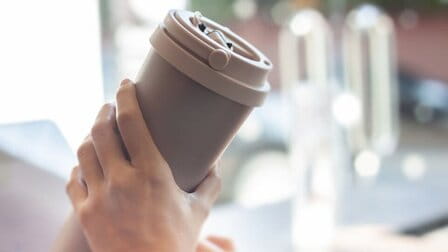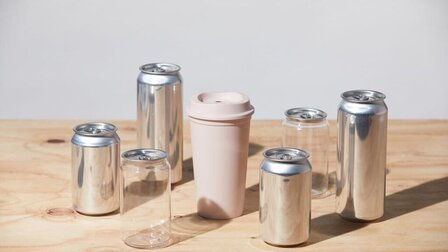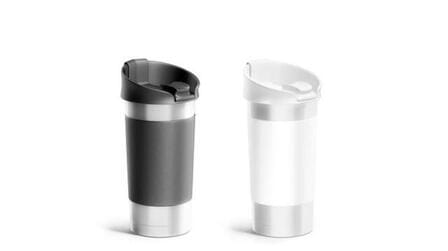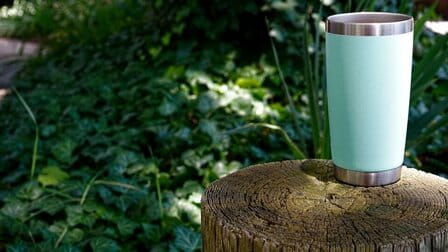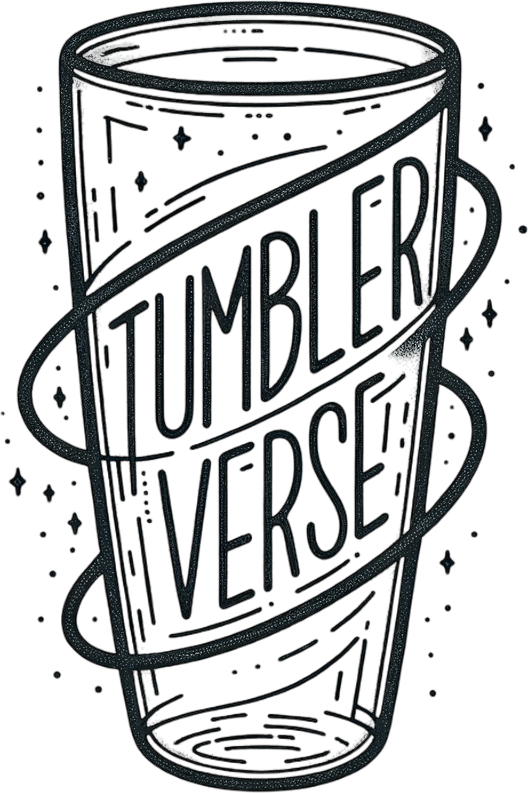Tumblers have become increasingly popular drinkware items in recent years. Their unique design and functionality make them stand out from traditional cups or mugs. But what exactly makes tumblers so unique and appealing to consumers? Here is an in-depth look at the key features that define these trendy beverage holders.
Who Uses Tumblers and Why
Tumblers are used by a wide variety of people for a number of reasons.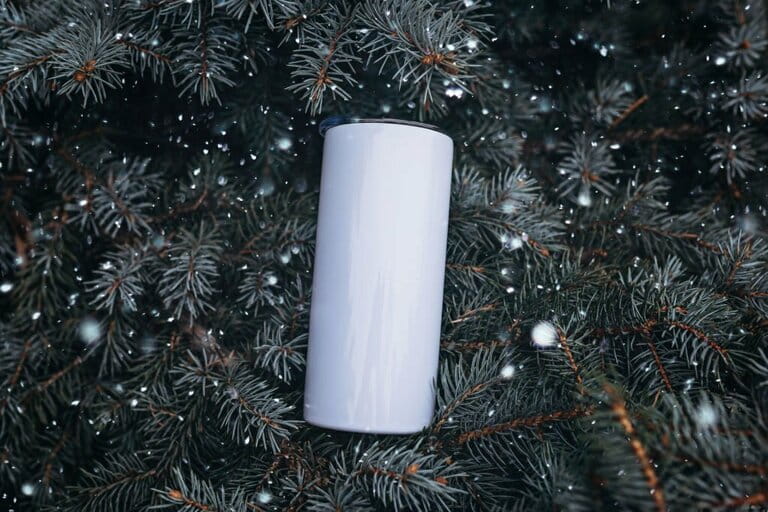
- Their portability and durability make them ideal for outdoor activities. Campers, hikers, and outdoor enthusiasts appreciate that they can toss a tumbler in their bag without worrying about spills or breaks.
- Many people use tumblers as an alternative to disposable plastic water bottles. Tumblers keep drinks cold and allow for reuse, making them eco-friendly options.
- Fitness buffs like that tumblers can hold protein shakes or pre/post workout drinks. The lids prevent spilling during exercise.
- Commuters and travelers keep their coffee, tea, or other beverages hot in tumblers during their journeys.
- The insulation properties make tumblers great for poolside or beach days. They maintain drink temperatures for hours.
- Parents often prefer tumblers over sippy cups or regular cups for their kids. The lids minimize messes and spills.
So tumblers appeal to just about anyone seeking a portable, durable, insulated beverage holder for all of life's adventures.
Unique Design Elements
Several design elements come together to create the unique drinking experience tumblers provide.
Insulation
Tumblers, like thermoses and other insulated drinkware, use vacuum-sealed spaces between inner and outer walls to regulate temperature. This insulation keeps cold drinks chilled and hot drinks steaming for hours on end. Some tumblers boast 12+ hours of temperature retention. This insulation gives tumblers an advantage over normal cups or cans that do not have temperature control.
Lids
Lids are a defining part of a tumbler’s design. They come in push-button, straw, screw-on, and sliding varieties. The lids offer both spill resistance and insulation. Specialty lids like those with built-in straws allow for easy sipping without needing to continuously pop the top open. Lids transform tumblers into portable drinking vessels rather than requiring two hands like an open mug.
Unique Shapes/Sizes
While many tumblers have a traditional cylindrical shape, there are also ovular, tapered, and rectangular options. You can find tumblers in just about any size, ranging from 12oz up to 64oz monsters. There are mini tumblers for espresso and skinny tumblers that fit in cup holders. The variety of shapes and sizes allow users to choose tumblers tailored for their particular needs.
Materials
Stainless steel is one of the most popular tumbler materials, but they also come in plastic, ceramic, glass, and more. Each material offers its own advantages. Stainless steel provides superior durability for travel; ceramic and glass offer elegant designs. Plastics like acrylic and polycarbonate are inexpensive but retain temperatures well. The array of material choices allows consumers to opt for the benefits they prioritize.
Pros and Cons of Tumblers
Pros
- Keep drinks hot or cold for hours
- Portable and travel friendly
- Durable, shatter-resistant materials
- Leak-proof lids minimize spills
- Stylish designs and colors
- Promote hydration since drinks stay appetizing
- Eco-friendly reusable alternative to disposable bottles
- Easy to clean

Cons
- Can dent or scratch over time
- Not microwave safe
- Condensation can form on the outside
- Straw lids can be difficult to clean
- Not recommended for toddlers due to choking hazards
- More expensive than basic cups or mugs
- Cannot verify if materials like stainless steel are BPA-free
Alternatives to Tumblers
For those who want temperature regulation but prefer a different drinking vessel, here are some alternatives to tumblers:
- Insulated coffee mugs - tend to be ceramic and best suited for hot drinks
- Thermoses - ideal for storing soups/foods as well as drinks
- Insulated water bottles - come in plastic and metal varieties
- Wine chillers - specifically maintain wine's optimal serving temperature
- Insulated cups - often geared for hot cocoa, tea, etc. with two layers
- Mason jars - glass jars with insulation sleeves available
- Growlers - insulated reusable containers often used for beer
The options share similarities with tumblers but may have better suitability for certain use cases. The optimal choice comes down to individual needs and preferences.
How to Choose the Best Tumbler
Follow this criteria when selecting a quality tumbler:
Temperature Retention Time
- Look for 10-12+ hours of hot/cold retention
- Stainless steel offers the best insulation
Leak-Proof Rating
- Lids should have a leak-proof guarantee
- Closures that snap or lock tend to prevent leaks best
Size
- Choose based on your hydration needs (12oz for short trips, 40oz for all-day)
- Make sure it fits standard holders if needed for vehicles
Lid Type
- Straw lids promote hydration; sliding lids offer security
- Prioritize ease of drinking and minimizing spills
Durability
- Opt for tumblers with non-slip bases, shatter-resistant materials
- Look for sturdy lids that can withstand drops
Easy Cleaning
- Dishwasher safe is ideal
- Avoid detailed engravings or design elements that trap gunk
Brand Reputation
- Read reviews and complaints for evidence of defects
- Stick to brands like Yeti, RTIC, and Hydro Flask with loyal fans
Tips for Using Your Tumbler
Follow these pro tips to get the most out of your tumbler:
- Handwash lid and straw regularly for hygiene
- Avoid temperature shock - don't fill with boiling water or freezing liquids
- Dry thoroughly after washing to prevent mold growth
- Use a bottle brush to clean narrow openings
- Replace straws and gaskets when worn out
- Consider customization like stickers to distinguish yours
- Use an insulated sleeve or bag if placing in very hot/cold environments
- Utilize carabiners to easily attach to bags when traveling
- For hot drinks, preheat tumbler with hot water while making beverage
- Use ice packs or beads to boost cooling capabilities
Conclusion
With their portable, insulated design and variety of custom options, it's no wonder tumblers have become a popular staple for on-the-go beverage drinking. Their ability to keep drinks perfectly hot or cold for hours makes them superior to regular vessels. Choosing a tumbler with the right size, lid, insulation rating, and material for your needs can ensure you end up with a quality product that lasts. Follow proper care and cleaning procedures to get the most mileage out of your tumbler. With the right tumbler, you can stay perfectly hydrated no matter where life takes you.

